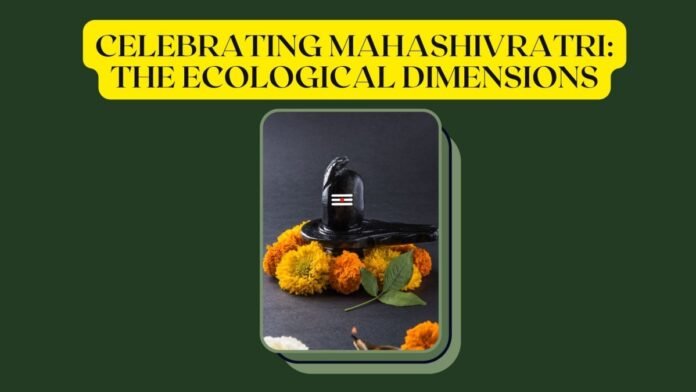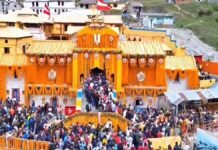
Mahashivratri, also known as the Great Night of Shiva, holds immense spiritual significance in India’s cultural and religious calendar. Let’s explore its ecological dimensions:
- Energy Alignment with Nature:
- Mahashivratri occurs on the fourteenth day of the dark half of the lunar month of Phalguna or Magha. During this time, the northern hemisphere experiences a natural upsurge of energy. It’s a day when nature propels us toward our spiritual peak.
- The festival encourages us to remain awake with a vertical spine throughout the night, allowing this energy to flow freely.
- Minimal Environmental Impact:
- Unlike some festivals that involve elaborate rituals and material offerings, Mahashivratri emphasizes inner transformation. It doesn’t require excessive consumption or wastage.
- Devotees focus on meditation, self-study, and yoga, which have minimal ecological impact.
- Connection to Natural Cycles:
- Mahashivratri aligns with the cosmic rhythms, emphasizing the importance of stillness. It’s a reminder to harmonize with nature rather than disrupt it.
- By celebrating Shiva’s stillness, we recognize the value of ecological balance and the need to preserve our planet.
- Spiritual Ecology:
- Shiva, in yogic tradition, is not merely a deity but the Adi Guru, the first teacher of yoga. His stillness symbolizes the oneness of nature.
- Mahashivratri invites us to explore our inner ecology, connecting with the elements and recognizing our role as stewards of the Earth.

In summary, Mahashivratri encourages us to celebrate our spiritual essence while respecting the delicate balance of our environment. Let this night be an awakening—an opportunity to honor both our inner and outer worlds.
Advertisement






































